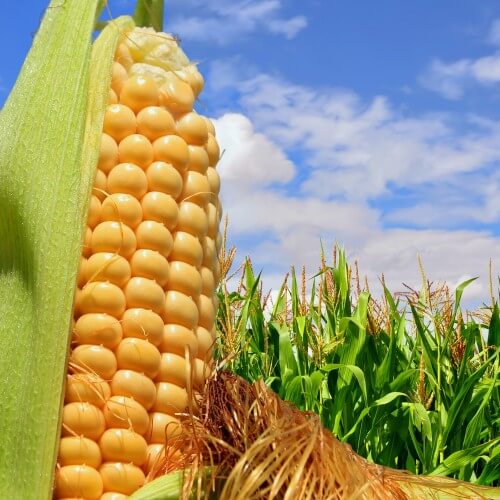Friction between tiny particles is the explanation for the strange properties of cornstarch in liquid

Cornstarch, or cornflour, to which a little water is added is an unusual substance. At first glance it looks like any other liquid: you can pour it from vessel to vessel and dip your hands in it. But if you try to crush it or hit the surface with force, the paste will harden immediately: you can roll it into a ball, walk on it and even jump on it.
Vigorous stirring of the mixture will also make it almost as hard as a rock. Physicist Eric Brown of Yale University likes to demonstrate the strangeness of cornmeal in water: he stirs the mixture with a metal rod. If you stir hard enough, he says, you can literally break the rod. And the even stranger thing is that the transition is reversible: if you let go of the stirring, the solid-looking lump will return and become liquid.
Physicists have been trying for a long time to give a full explanation for the rapid transition from liquid to solid called shear thickening. Eventually, a team of French experimenters found clues in 2003 that the shear thickening is a byproduct of friction between the particles.
Not long ago, researchers were able to confirm this approach through detailed computer simulations of the interactions between the particles. At low concentrations of starch, the liquid acts as a lubricant between the particles and allows them to move more or less freely, says Geoffrey Morris, a professor of chemical engineering at the City University of New York (CUNY), one of the authors of the paper on the subject in the journal Physical Review Letters. Even if particles are added, the water still acts as "a nearly perfect lubricant," until someone starts stirring a little too hard. The extra force slams the particles of the suspension together and sticks them together. In this state, their rough surface prevents them from sliding across each other. Instead they form long, stiff chains held together by the force of friction. That's why shear thickening fluids "feel" almost like solids, says study lead researcher Ryohi Seto, also from CUNY.
"Shear condensation is an amazing thing," says Morris, adding that in order to answer a "fundamental question" in physics, countless experiments and theoretical studies were required. But many questions still remain, Brown says. It is still not clear, for example, if these microscopic interactions in the cornflour pulp that cause shear thickening also explain the pulp's resistance to impact.
The article was published with the permission of Scientific American Israel

5 תגובות
And the real question is when will it be possible to create a full protective body suit for a soldier that will be flexible and easy to move, and will only harden at certain points when hit by a bullet, shrapnel or any object moving at a certain speed or higher.
And the real question is when will it be possible to create a full protective body suit for a soldier that will be flexible and easy to move, and will only harden at certain points when hit by a bullet, shrapnel or any object moving at a certain speed or higher.
http://he.m.wikipedia.org/wiki/%D7%9E%D7%99%D7%A1%D7%98%D7%95%D7%A7
What is different from a non-Newtonian fluid?
What is the optimal ratio between water and corn flour?